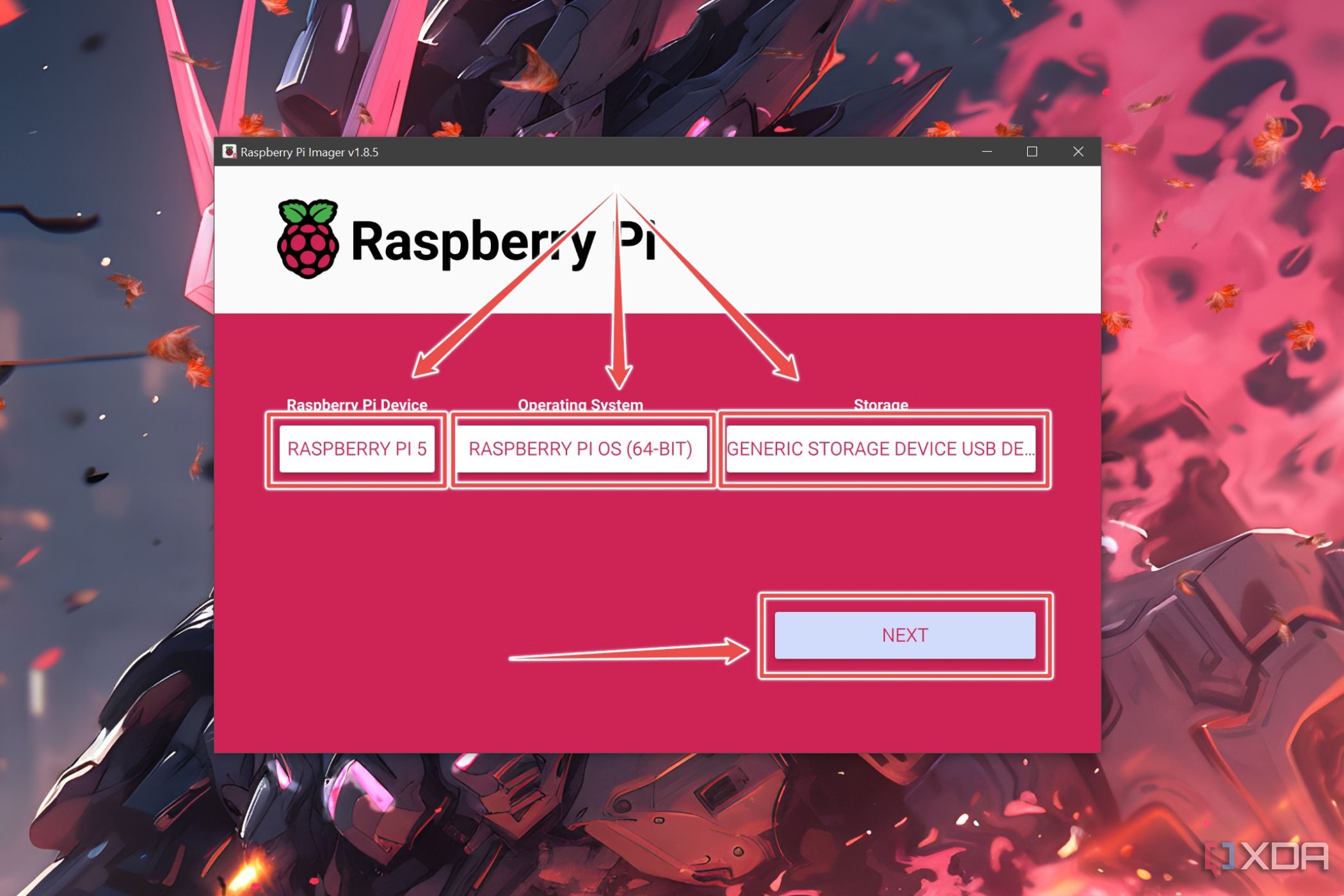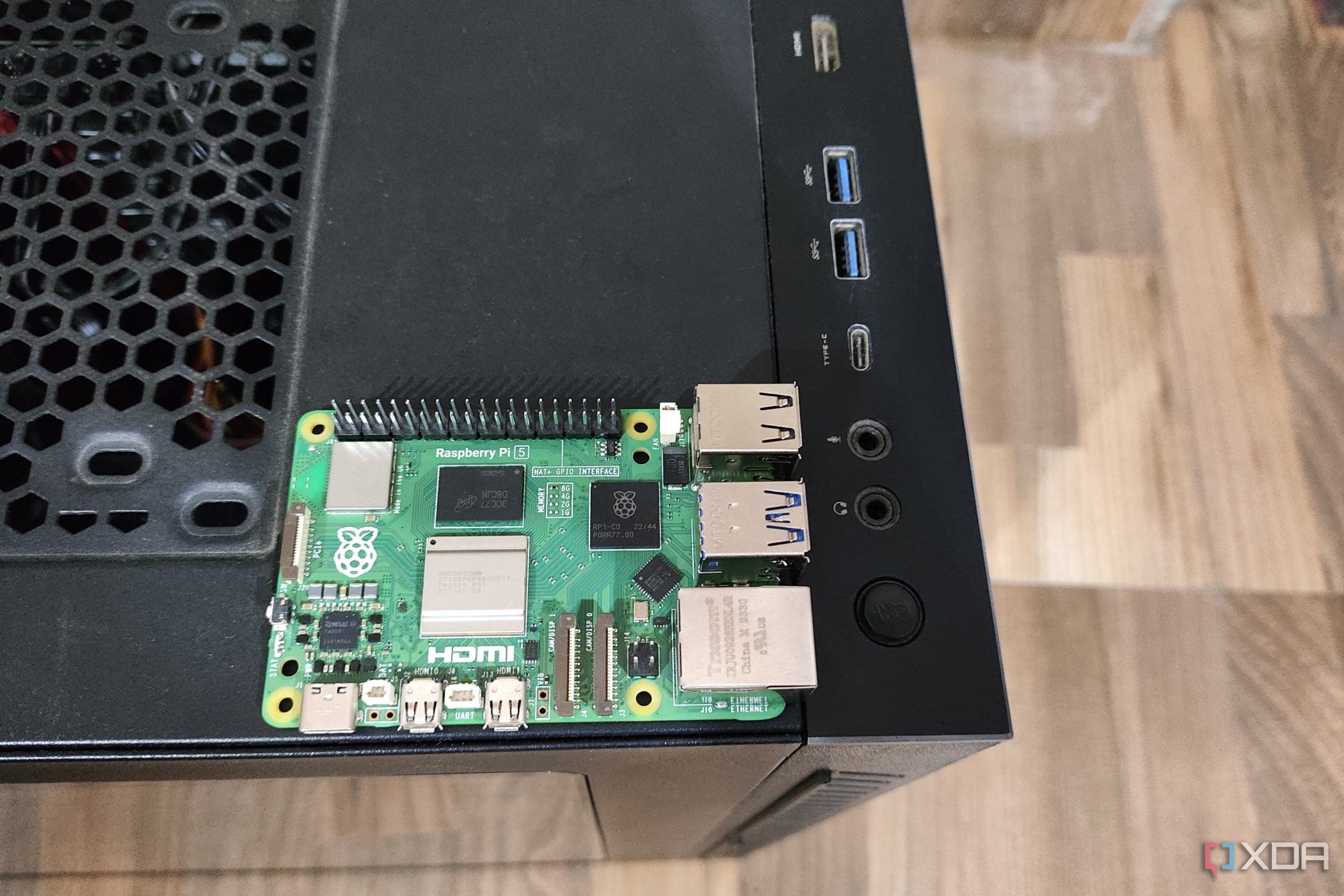Let’s face it, folks—working with Raspberry Pi can be a blast, but connecting to it from outside your local network? That’s where things get interesting. If you’ve ever wondered how to SSH into Raspberry Pi outside network, you’ve come to the right place. Today, we’re diving deep into the world of remote access, breaking it down step by step so even a newbie can get their Pi up and running from anywhere in the world. So buckle up, because this is going to be a wild ride!
Imagine this: you’re chilling at a coffee shop miles away from home, and suddenly you need to tweak something on your Raspberry Pi. No problem, right? Wrong! Unless you’ve set up SSH properly, you’re out of luck. But don’t sweat it—we’re here to show you exactly how to SSH into Raspberry Pi outside network like a pro.
Now, before we dive headfirst into the nitty-gritty, let me just say this: remote access isn’t as scary as it sounds. With the right setup and a bit of patience, you’ll be hacking away at your Pi from anywhere in no time. So grab your favorite beverage, and let’s get started.
- Ruben Bart Movies Shows More Your Ultimate Guide
- Breaking Alex Greene Shooting Suspect Fatally Shot After Chase
Table of Contents
- What is SSH?
- Raspberry Pi Basics
- Why Use SSH?
- Preparing Your Raspberry Pi
- Setting Up SSH
- Port Forwarding
- Using Dynamic DNS
- SSH Tunneling
- Security Tips
- Troubleshooting Common Issues
What is SSH?
SSH, or Secure Shell, is like a secret handshake that lets you talk to your Raspberry Pi from anywhere. It’s a protocol that allows you to remotely control your device over an encrypted connection. Think of it as a secure tunnel that keeps your data safe while you’re tinkering with your Pi.
Here’s the deal: SSH isn’t just for Raspberry Pi—it’s used all over the tech world for managing servers, routers, and other devices. But for us Pi enthusiasts, it’s the ultimate tool for remote access.
Why SSH Matters
Let’s break it down:
- SSH is secure, so no one can snoop on your activities.
- It’s easy to set up, even for beginners.
- Once configured, you can control your Pi from anywhere in the world.
Raspberry Pi Basics
Before we dive into the SSH magic, let’s talk about your trusty little Pi. The Raspberry Pi is a single-board computer that’s perfect for all kinds of projects, from home automation to retro gaming. But to get the most out of it, you need to know how to connect to it remotely.
Here’s what you’ll need:
- A Raspberry Pi (duh).
- Raspberry Pi OS installed on your SD card.
- A router with port forwarding capabilities.
- An internet connection that’s stable and reliable.
Setting Up Your Pi
First things first: make sure your Pi is up and running. You’ll need to:
- Install Raspberry Pi OS.
- Connect your Pi to your local network.
- Update your system with
sudo apt update && sudo apt upgrade.
Why Use SSH?
SSH is more than just a tool—it’s a lifeline for anyone who works with remote devices. Here’s why it’s so awesome:
1. Convenience: No need to physically access your Pi every time you want to make changes.
2. Security: Encrypted connections mean your data stays safe.
3. Flexibility: SSH works on any device with an SSH client, so you can control your Pi from your phone, laptop, or even a tablet.
SSH vs. Other Methods
There are other ways to connect to your Pi remotely, but SSH stands out for its simplicity and security. Tools like VNC and TeamViewer are great, but they’re not always the best choice for lightweight devices like the Pi.
Preparing Your Raspberry Pi
Before you can SSH into your Pi, you need to get it ready. Here’s what you need to do:
1. Enable SSH: You can do this by running sudo raspi-config and navigating to the SSH option.
2. Find Your IP Address: Use ifconfig or ip addr to find your Pi’s local IP address.
3. Test SSH Locally: Try connecting to your Pi from another device on the same network using an SSH client like PuTTY or Terminal.
Tips for Beginners
If you’re new to SSH, don’t worry—it’s easier than it looks. Just remember:
- Always double-check your IP address.
- Use strong passwords to keep your Pi secure.
- Take notes as you go, so you don’t forget any steps.
Setting Up SSH
Now that your Pi is ready, it’s time to set up SSH. Here’s how:
1. Enable SSH on Your Pi: Run sudo systemctl enable ssh and sudo systemctl start ssh.
2. Set Up a Static IP Address: This ensures your Pi always has the same IP address on your local network.
3. Test the Connection: Use an SSH client to connect to your Pi using its local IP address.
Common Mistakes to Avoid
Here are a few things to watch out for:
- Forgetting to enable SSH.
- Using the wrong IP address.
- Not securing your Pi with a strong password.
Port Forwarding
Port forwarding is the key to accessing your Pi from outside your local network. Here’s how it works:
1. Login to Your Router: Open your browser and enter your router’s IP address.
2. Find the Port Forwarding Section: Look for a section called “Port Forwarding” or “Virtual Servers.”
3. Set Up a Rule: Create a rule that forwards port 22 (the default SSH port) to your Pi’s local IP address.
Troubleshooting Port Forwarding
If you’re having trouble with port forwarding, here are a few tips:
- Double-check your router’s settings.
- Make sure your Pi’s IP address is correct.
- Try restarting your router and Pi.
Using Dynamic DNS
Dynamic DNS (DDNS) is a game-changer for remote access. It gives your home network a static domain name, even if your IP address changes. Here’s how to set it up:
1. Choose a DDNS Provider: Services like No-IP and DuckDNS are great options.
2. Create an Account: Sign up for an account and create a hostname for your network.
3. Install the DDNS Client: Most providers offer a client that runs on your Pi and updates your hostname automatically.
Why DDNS is Essential
Without DDNS, you’d have to manually check your public IP address every time you want to connect to your Pi. Who has time for that? DDNS simplifies the process and makes remote access a breeze.
SSH Tunneling
SSH tunneling is another powerful tool for remote access. It allows you to securely forward traffic between your local machine and your Pi. Here’s how:
1. Create a Tunnel: Use a command like ssh -L 8080:localhost:80 pi@your-pi-address.
2. Access Services: Once the tunnel is set up, you can access services running on your Pi as if you were on the same network.
When to Use SSH Tunneling
SSH tunneling is perfect for:
- Accessing web servers running on your Pi.
- Forwarding traffic for specific applications.
- Securing sensitive data transfers.
Security Tips
Security is paramount when it comes to remote access. Here are a few tips to keep your Pi safe:
1. Use Strong Passwords: Avoid using “pi” and “raspberry” as your login credentials.
2. Enable Two-Factor Authentication: Add an extra layer of security with tools like Google Authenticator.
3. Change the Default SSH Port: Switch from port 22 to something less obvious to deter attackers.
Best Practices for Securing Your Pi
Here are some additional tips:
- Regularly update your Pi’s software.
- Monitor your Pi for suspicious activity.
- Disable unnecessary services to reduce your attack surface.
Troubleshooting Common Issues
Even the best-laid plans can go awry. Here’s how to troubleshoot common SSH issues:
1. Connection Refused: Double-check your IP address and port forwarding settings.
2. Authentication Failed: Make sure you’re using the correct username and password.
3. Timeout Errors: Ensure your Pi is connected to the internet and your router is configured correctly.
When All Else Fails
If you’re still having trouble, here’s what to do:
- Check your router’s logs for errors.
- Restart your router and Pi.
- Consult the Raspberry Pi forums for help.
Conclusion
And there you have it—everything you need to know about how to SSH into Raspberry Pi outside network. Whether you’re a seasoned tinkerer or a complete newbie, SSH is a powerful tool that opens up a world of possibilities for your Pi projects.
Remember, security is key when it comes to remote access. Always use strong passwords, enable two-factor authentication, and keep your software up to date. And if you run into any issues, don’t hesitate to reach out to the Raspberry Pi community for help.
Now it’s your turn—leave a comment below and let me know how you plan to use SSH with your Pi. Or better yet, share this article with your friends and fellow Pi enthusiasts. Together, we can make the world of remote access a little less intimidating and a lot more fun!


